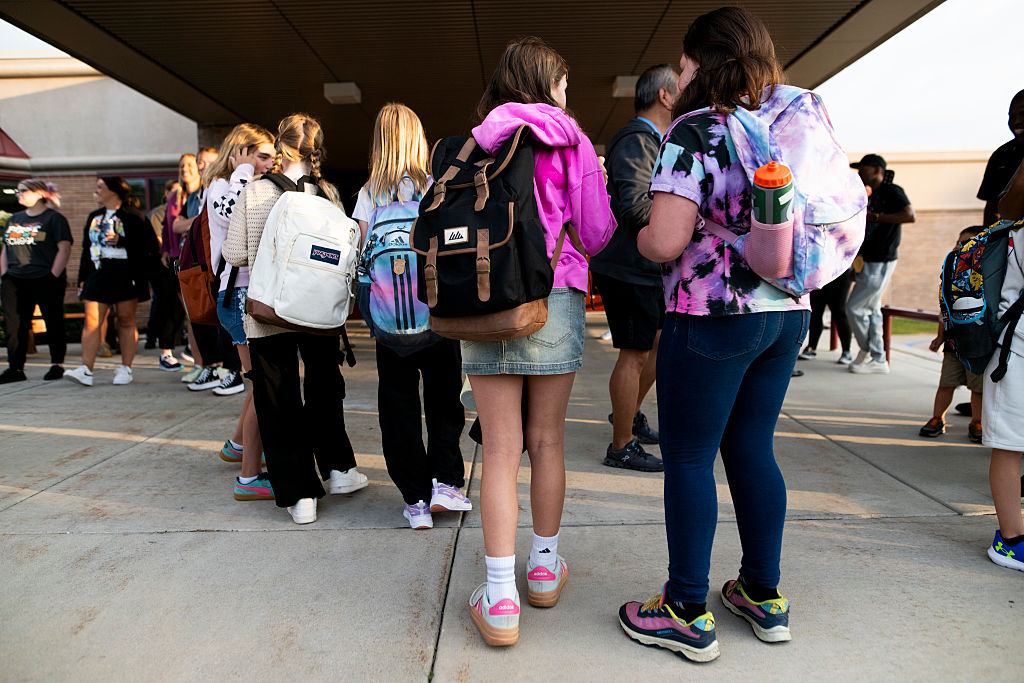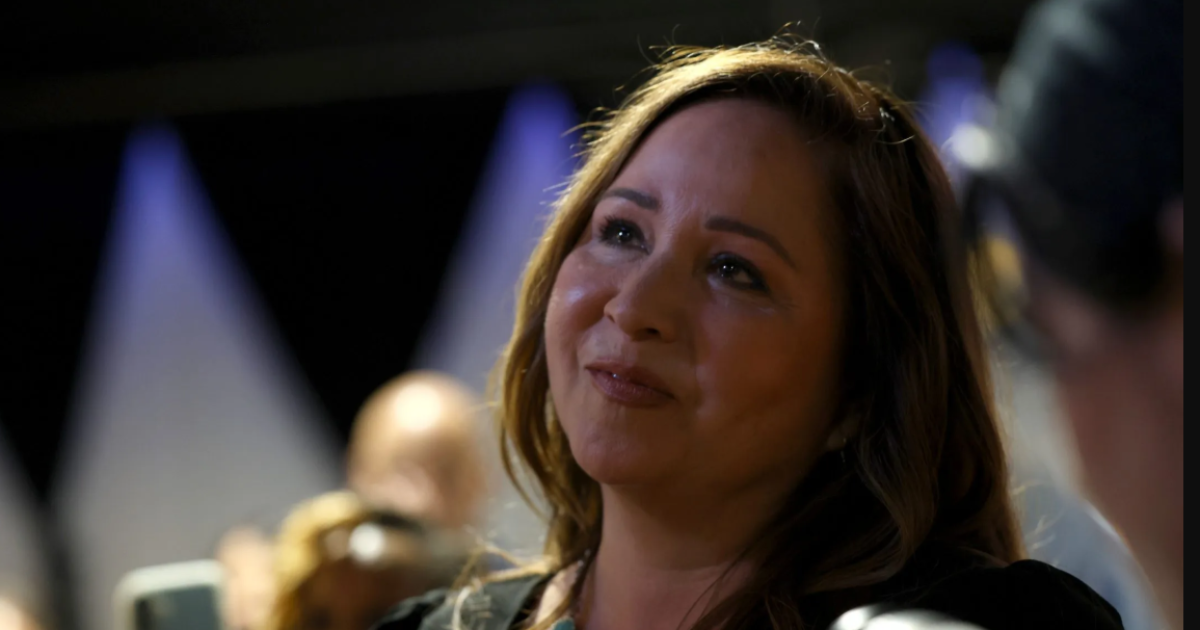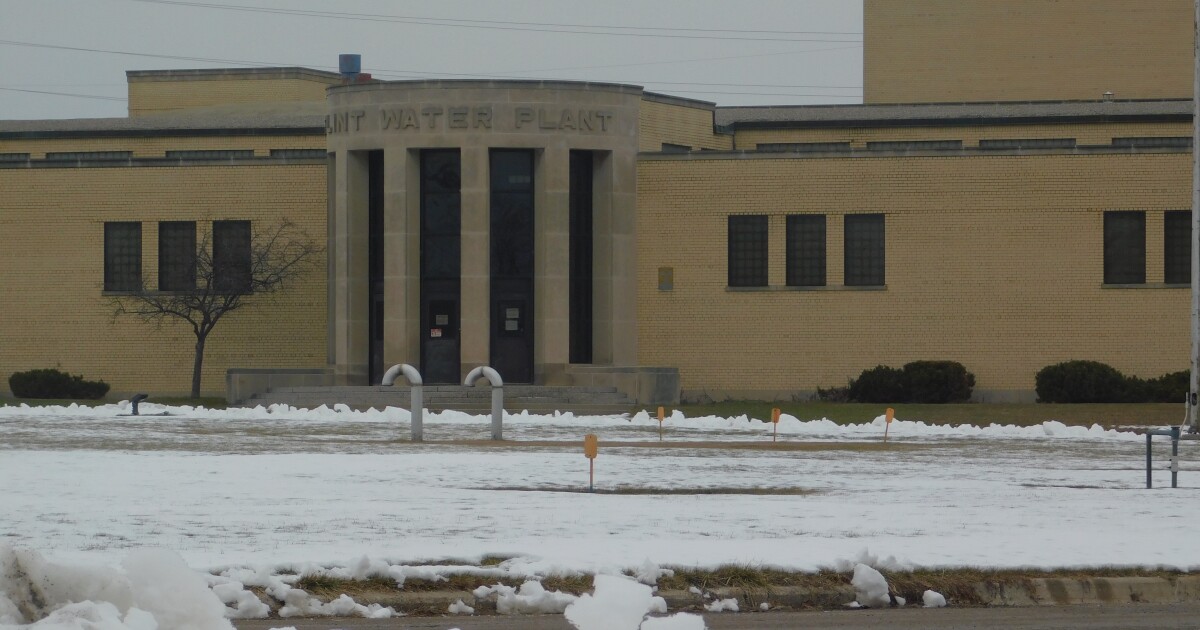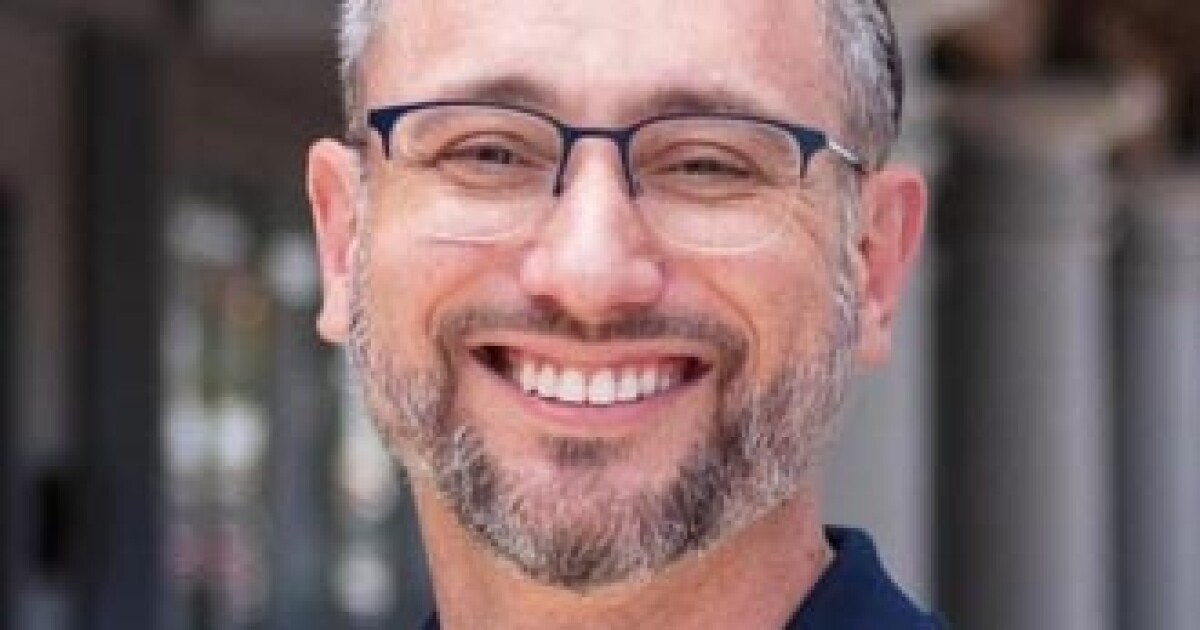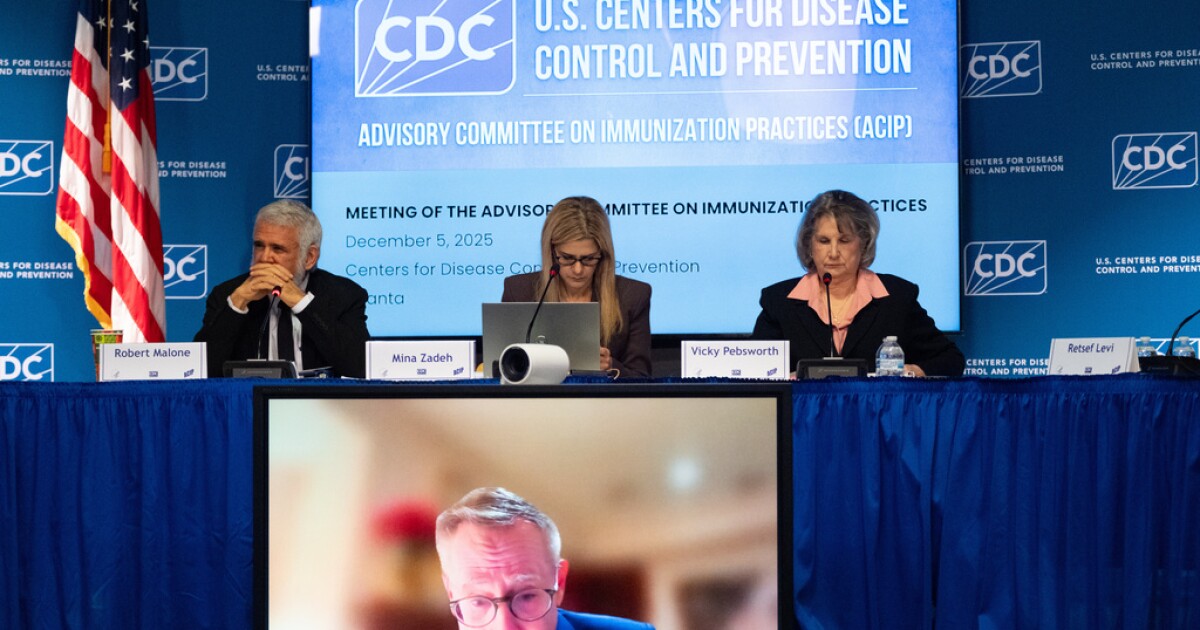Article Summary –
After a five-year pause, financial penalties for student loan defaults have resumed, affecting at least 5 million borrowers who face potential wage garnishment and withheld tax refunds if they do not make regular payments. The Biden administration restarted loan repayments in October 2023, with interest accumulation resuming for some borrowers, while the Trump administration and congressional Republicans propose changes to repayment options and loan availability, including eliminating subsidized loans and the Grad Plus program. Borrowers have options like income-driven repayment plans to manage their payments, but legal challenges have paused some new plans, like the Biden administration’s SAVE program, and the Public Service Loan Forgiveness program remains available with some proposed restrictions.
This story was produced by The Hechinger Report, a nonprofit, nonpartisan news outlet focused on education.
After a five-year pandemic-related pause, the Trump administration reinstates student loan penalties, causing confusion and financial stress. Over 5 million borrowers are in default, failing to pay for nine months, with projections indicating millions more will follow.
The total student loan debt of $1.6 trillion affects about 43 million federal borrowers. Defaulted borrowers face risks, including withheld tax refunds and wage garnishments starting May 5, unless payments resume. The Biden administration resumed loan repayments in October 2023, but interest has accumulated since fall 2023.
Higher ed, examined
While a college degree often provides financial security, loan repayment can lead to hardship. Half of bachelor’s graduates graduate with debt, averaging over $29,000.
The student loan landscape may shift as the Trump administration plans aggressive collection methods and Republicans aim to revise repayment options. Here’s how these policies impact student borrowers.
What happens if I don’t start repaying my loan?
If you miss payments for 270 days, you enter default. The government plans to notify 195,000 borrowers of withheld federal benefits starting in June, possibly garnishing up to 15% of Social Security payments. Default affects credit scores, complicating borrowing or renting
Can I go back to school to avoid repaying my loans?
While returning to school can defer loans, adding to your debt without increased income potential might complicate future repayment. Consider carefully if more education will enhance your earnings.
I can’t afford to repay my loan. What should I do?
Possible options include income-driven plans that adjust payments based on earnings, graduated plans with increasing payments, and extended plans offering lower monthly costs over a longer period. Use the government’s Loan Simulator to explore solutions.
Where can I go if I need help?
The Education Department’s Default Resolution Group offers guidance, and the Federal Student Aid call center answers queries. Loan servicers can also provide support.
What’s the difference between loan deferment, loan forbearance and default?
- Loan deferment: Allows temporary payment stops without penalties; interest doesn’t accrue on subsidized loans.
- Forbearance: Permits reduced or stopped payments with ongoing interest accrual.
- Default: Missed payments for 270 days without permission, leading to potential garnishments and credit score damage.
I’ve heard income-driven repayment plans are in trouble. Is that true?
The income-driven repayment plans face legal challenges, pausing the SAVE plan. Alternatives like Pay As You Earn and Income-Contingent Repayment are still available. Republicans seek a single income-based plan.
What’s happening with the court cases challenging the SAVE program?
The SAVE plan is paused; 8 million borrowers aren’t making payments or accruing interest. If courts or Congress terminate the SAVE program, borrowers must enroll in another plan.
Does Public Service Loan Forgiveness (PSLF) still exist?
PSLF remains available for borrowers in income-driven plans who make payments for 10 years while working with eligible organizations. A March executive order by the Trump administration may impact qualifying non-profits.
What other changes might be in store for student loans?
Republicans propose changes, including removing subsidized loans and capping undergraduate borrowing at $50,000. Ending the Grad Plus program may push borrowers toward private loans with fewer safeguards. The changes are part of the federal budget bill.
This story about student loan repayment was produced by The Hechinger Report, a nonprofit, independent news organization focused on inequality and innovation in education. Sign up for the Hechinger newsletter.
—
Read More Pennsylvania News



